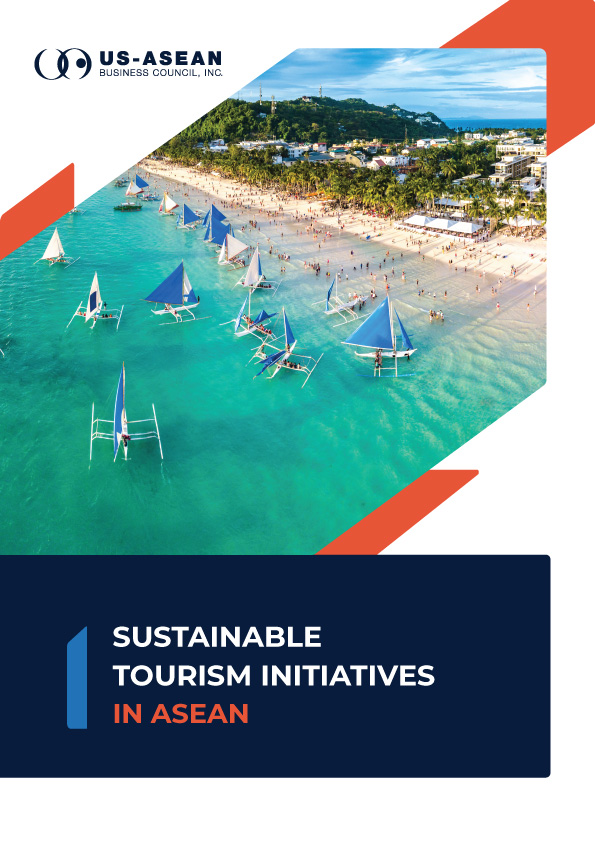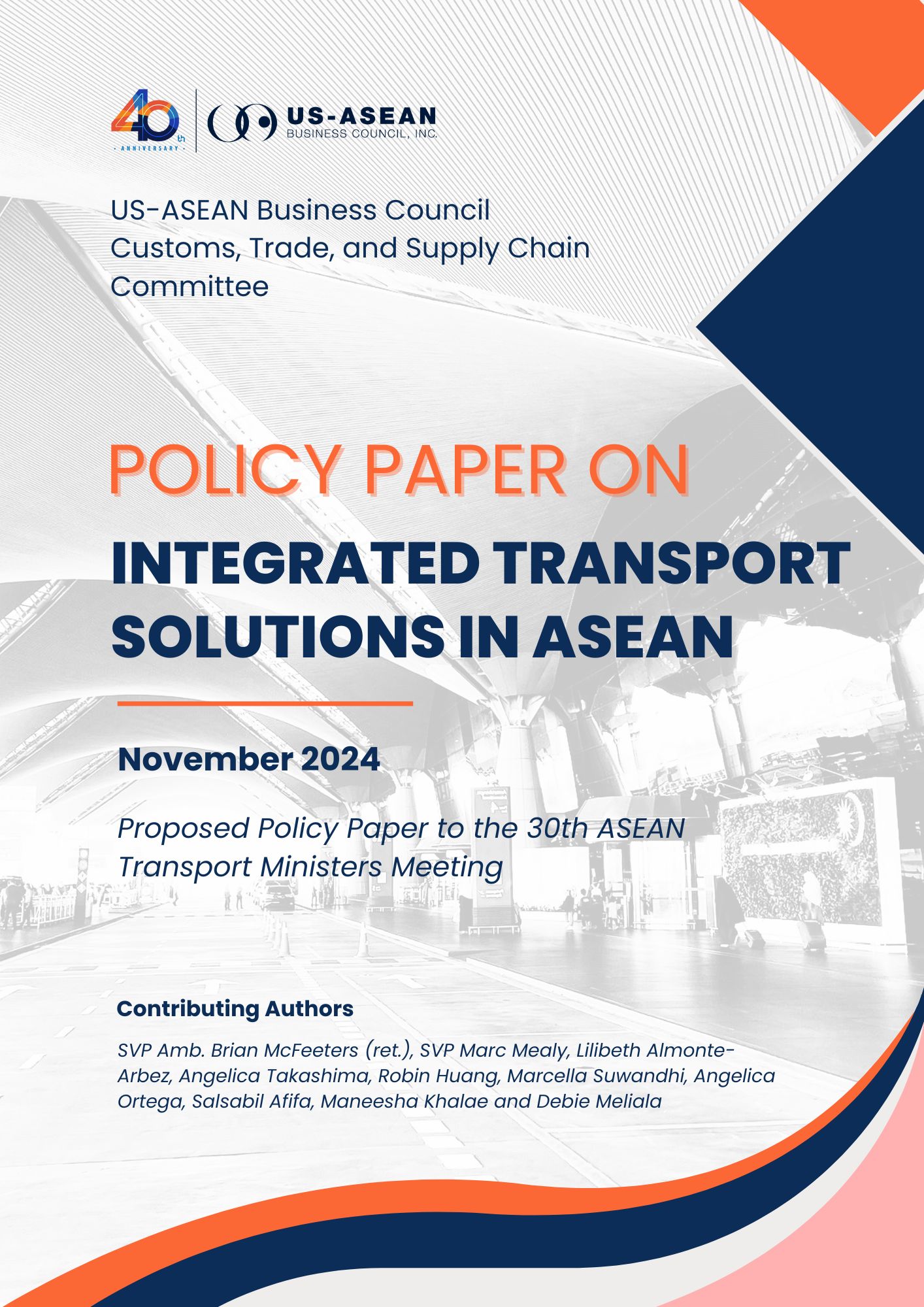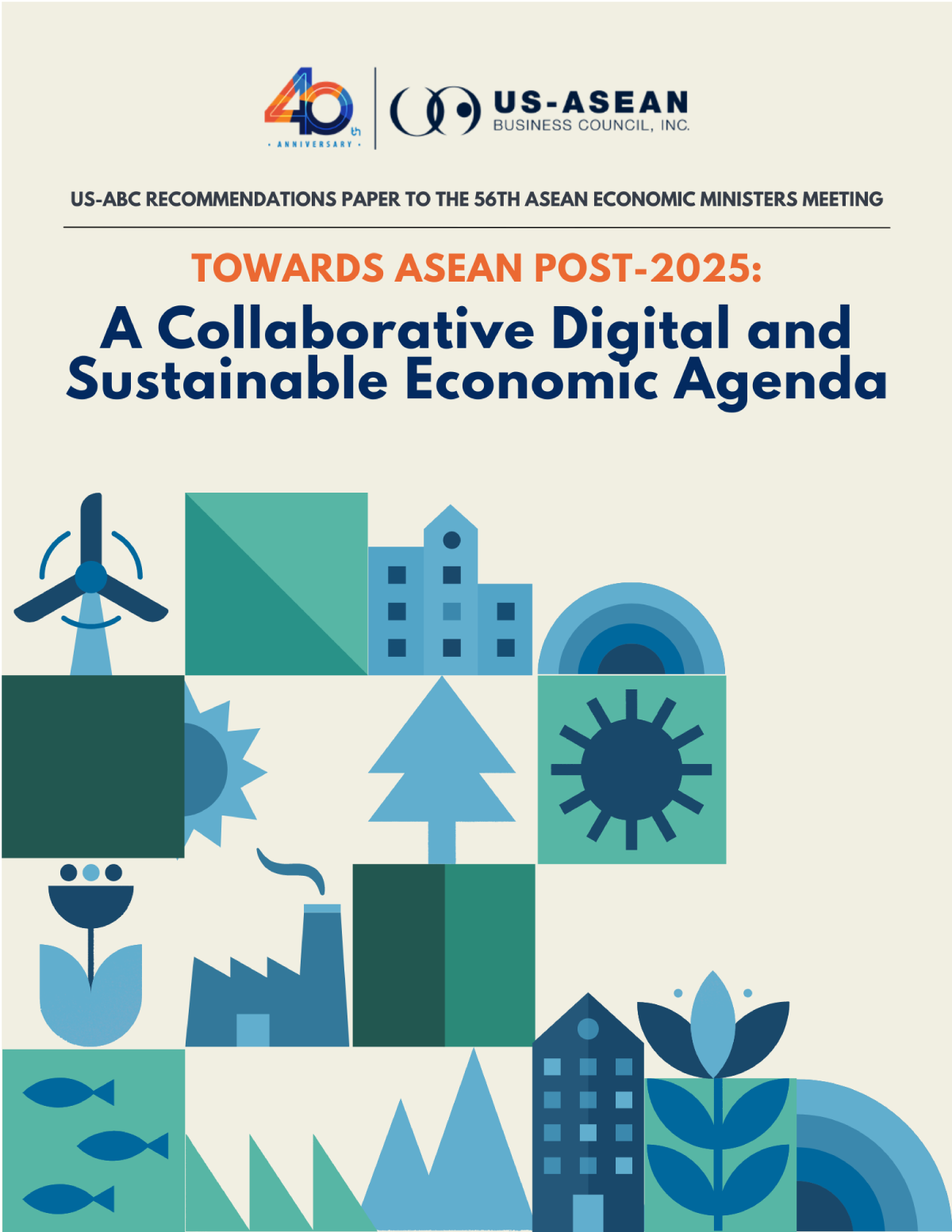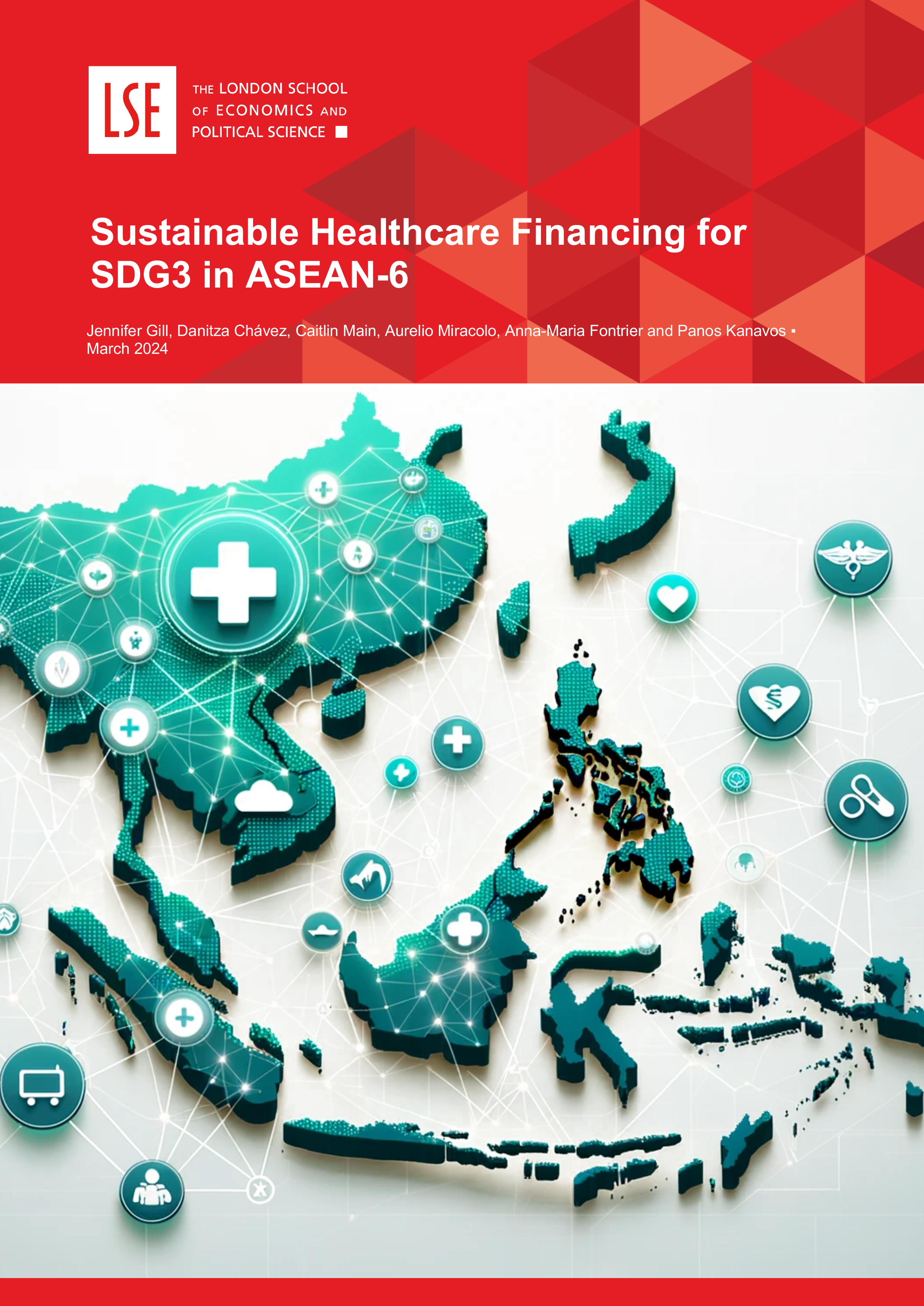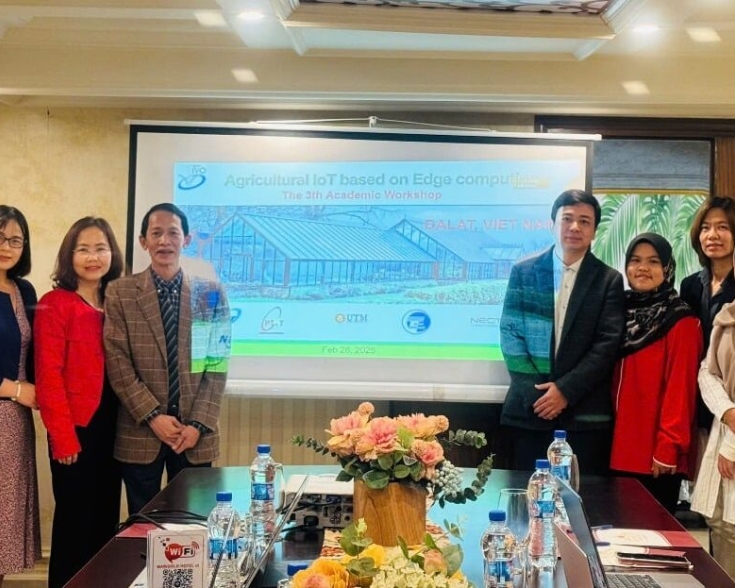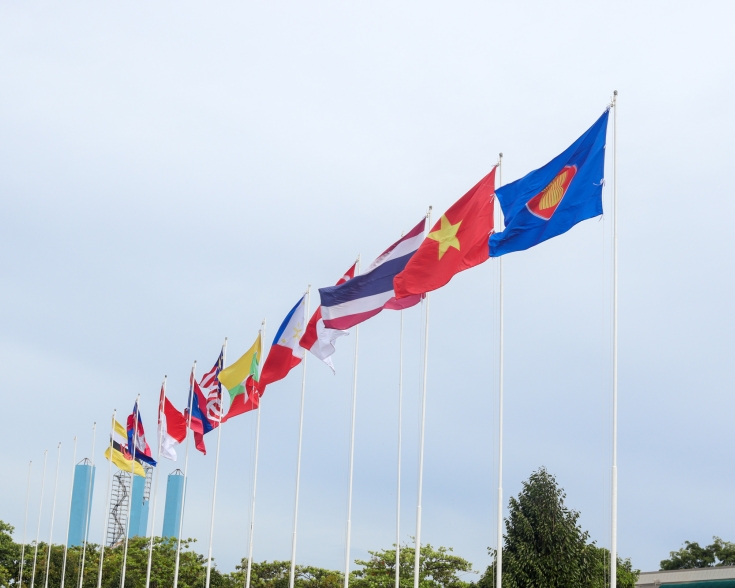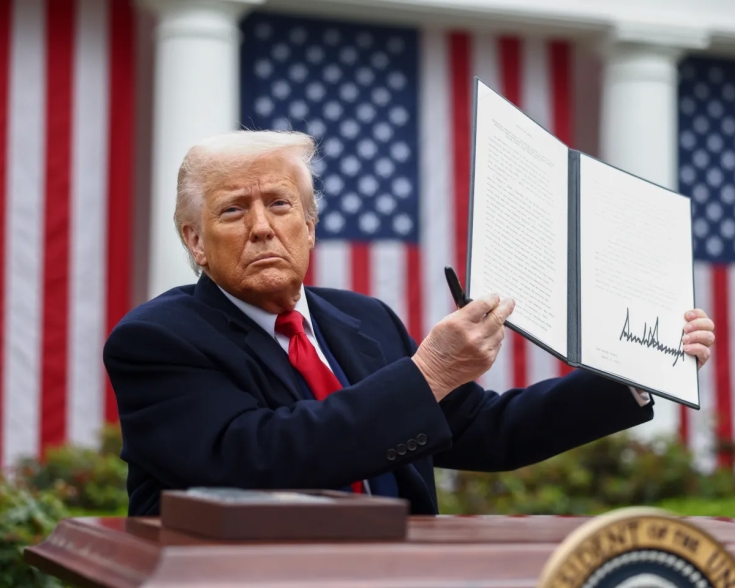ASEAN Explores their Nuclear Energy Options
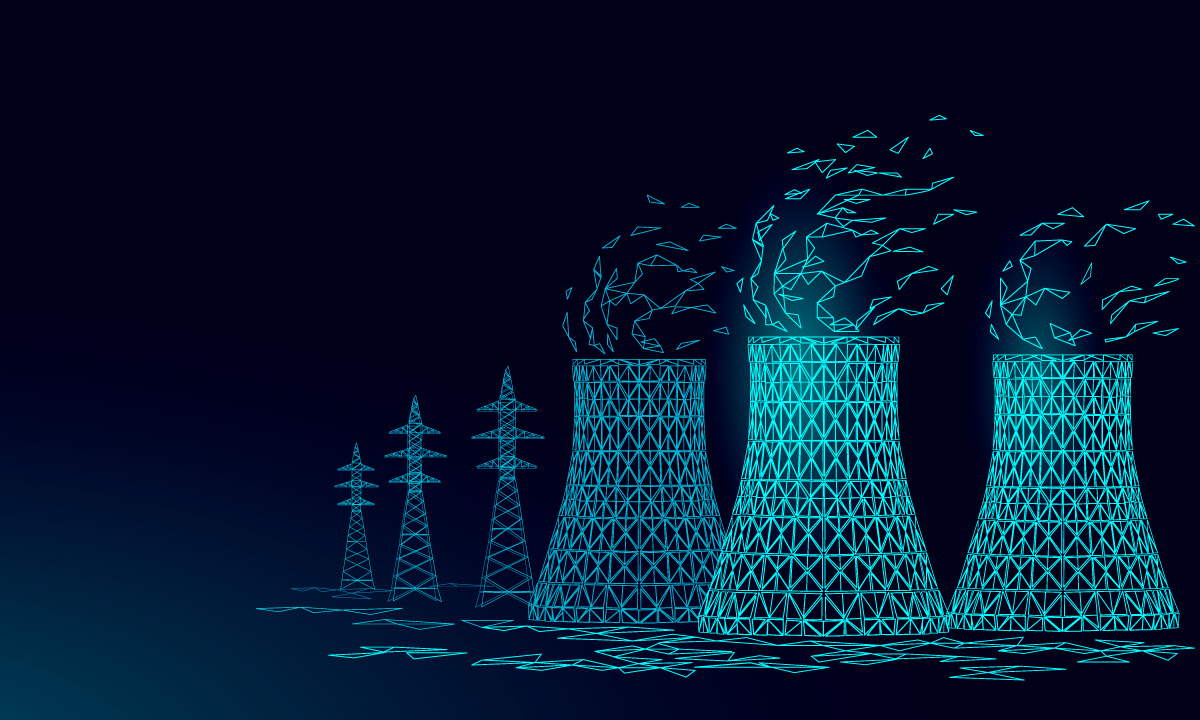
Given a generalized movement toward scientific and necessity-based acceptance of the technology, several ASEAN states have begun to lay the groundwork for the development of civil nuclear energyprograms. In the broader interest of decarbonization and in pursuit of domestic energy security and self-sufficiency, what was once seen as off-limits by ASEAN governments is not just being considered but acted upon. This is a significant and key development for U.S. energy developers with nuclear industry expertise and equipment that they now have prospects and cause to bring to Southeast Asia. National initiatives in Thailand, the Philippines, and Singapore will determine where the region's first operational nuclear powerplant will emerge and how the standards will be set for ASEAN-based reactors.
Thailand has recently issued a revised version of their national Power Development Plan (PDP) that incorporates small modular reactor (SMR) nuclear technology. Thailand’s Energy Policy and Planning Office (Eppo) has cited that while implementation policy is yet to be approved, the added benefits of reduced energy costs and willing uranium distributors from the U.S. make a compelling economic justification. Under the same context, the current Philippine administration is seeking to reinvigorate the long-abandoned Bataan nuclear plant project from the 1980’s. Similarly, Indonesia seeks to construct significant nuclear infrastructure by 2030, and Singapore aims to rapidly develop a pool of nuclear energy experts to facilitate such developments both domestically and regionally. It should be acknowledged that information-sharing and infrastructure preparation are the focus of these preliminary efforts, and no full-scale nuclear energy launch should be expected within ASEAN before the mid-2030's.


